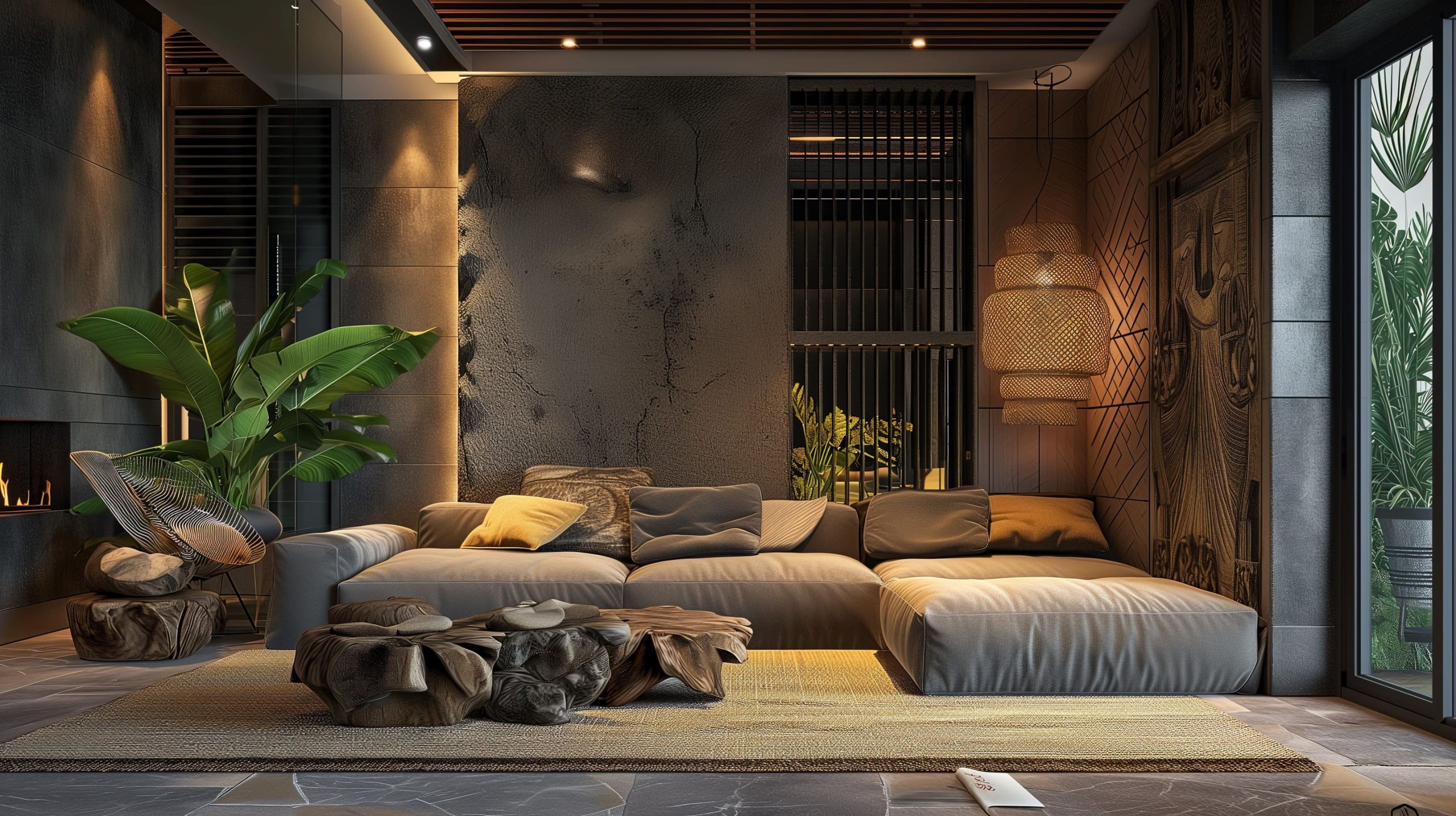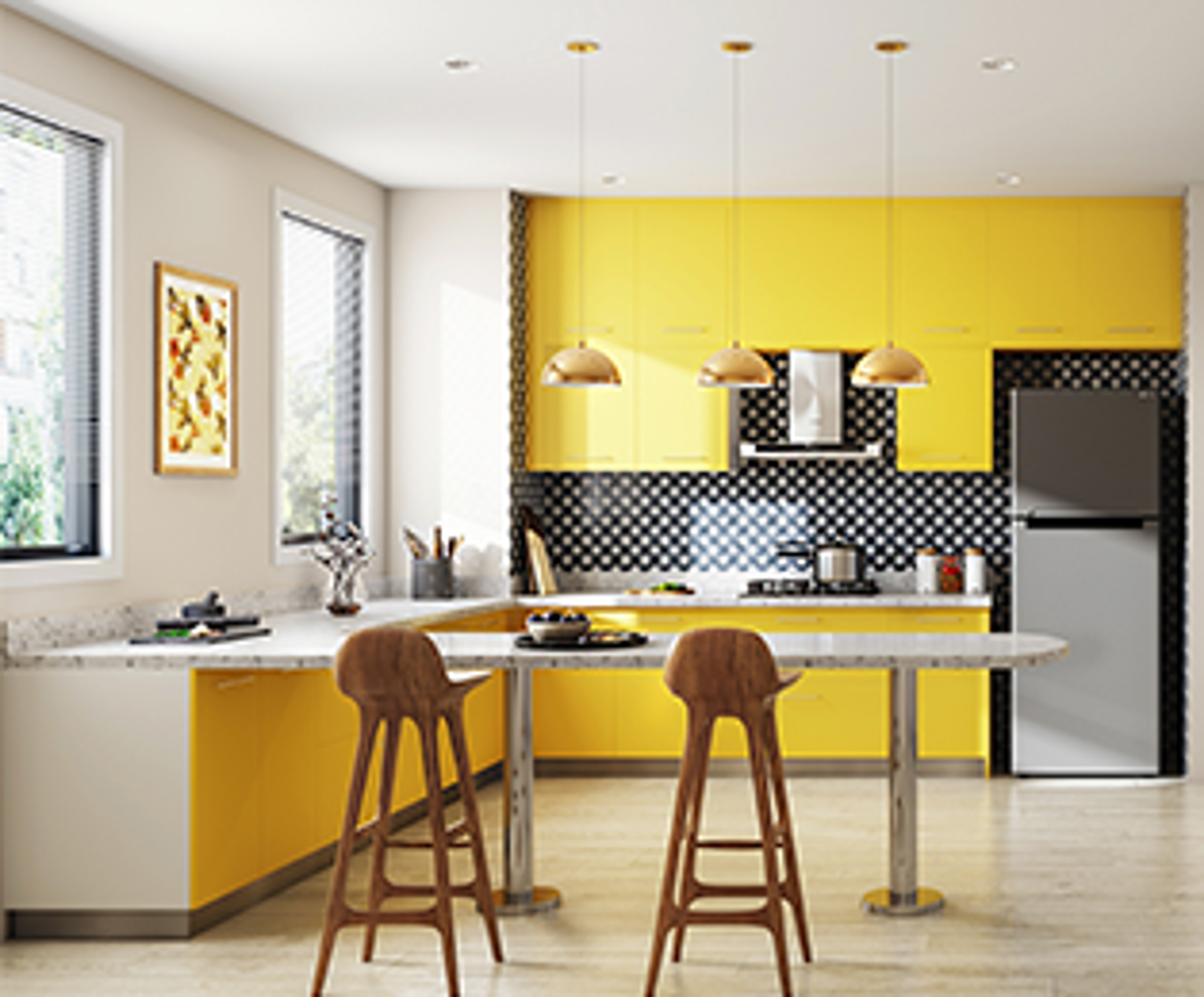Professional Architecture Firm delivering world-class design solutions.
Professional Architecture Firm delivering world-class design solutions.
Blog Article
Transform Your Home With Essential Principles of Interior Decoration and Aesthetic Appeals
By understanding the influence of shade theory and the significance of appearance and patterns, one can produce areas that are not only aesthetically attractive but additionally deeply individual. Achieving this stability includes more than plain design; it encompasses a calculated arrangement and an eager understanding of how each component engages within a space.
Recognizing Color Theory
Shade theory is a basic element of interior decoration that considerably influences state of mind, perception, and total aesthetic. Recognizing the principles of shade theory permits designers to develop areas that reverberate mentally with occupants while satisfying functional demands (interior design firms). Shades can be categorized into 3 main types: key, second, and tertiary. Each classification plays an important role in establishing harmony within an area.
The emotional effect of colors is profound; cozy shades such as reds and oranges stimulate power and warmth, while great tones like blues and environment-friendlies advertise calmness and tranquility. Furthermore, the use of complementary shades improves visual passion, producing striking contrasts that can elevate a space's charm.
Neutral colors, on the other hand, act as a functional backdrop, enabling other style aspects to shine. It is important to think about variables such as lights and the room's objective when choosing a shade palette, as these can modify the assumption of shades throughout the day.
Ultimately, a well-considered color pattern can change a space, promoting a sense of comfort and design that straightens with the inhabitants' choices. Proficiency of color theory is, for that reason, an important skill for any indoor developer intending to create harmonious and welcoming settings.
Accomplishing Balance in Design
Just how can designers attain a sense of equilibrium in their areas? Achieving equilibrium in style is fundamental to producing unified interiors.
Unbalanced balance, on the various other hand, relies on varying elements that still attain a cohesive appearance. This approach enables more dynamic and casual plans, giving rate of interest while maintaining balance. By carefully picking differing sizes, shades, and appearances, designers can develop an aesthetically engaging room that really feels balanced yet energetic.
Radial balance emphasizes a main centerpiece with elements radiating outside. This style is frequently seen in circular designs, where furnishings and decor create a cohesive border that draws the eye inward.
Inevitably, attaining equilibrium needs thoughtful factor to consider of range, proportion, and the connections in between components. interior design firms. By skillfully applying these balance concepts, designers can change spaces into environments that feel both visually pleasing and functionally unified, improving the total experience for owners
Importance of Spatial Awareness

A keen feeling of spatial understanding permits designers to identify focal factors within a room, leading the audience's attention to crucial functions while keeping a general sense of unity. It also aids in the critical placement of illumination, which can dramatically influence the assumption of space and state of mind. Understanding spatial connections makes it possible for the designer to cater to the specific needs of inhabitants, guaranteeing that each location offers its intended objective without compromising aesthetic appeals.
Ultimately, spatial recognition is important for making best use of the capacity of any type of indoor room. By very carefully thinking about the interaction in between dimensions, layout, and function, designers can produce environments that not just fulfill sensible needs however additionally stimulate a feeling of convenience and appeal, improving the general living experience.
Integrating Appearance and Patterns
Welcoming a varied variety of appearances and patterns can considerably improve the visual and tactile charm of an indoor area. The tactical use of different materials-- such as wood, metal, material, and stone-- produces deepness and interest, making a space feel extra welcoming and dynamic. Combining smooth surfaces with rough appearances can establish an equilibrium that attracts the eye and involves the detects.
When integrating patterns, consider both scale and repetition. Large patterns can function as prime focus, while smaller sized, refined styles can complement other components without overwhelming the space. Layering patterns, such as pairing floral cushions with candy striped throws, adds intricacy and a feeling of consistency if executed attentively.
It is likewise important to preserve a natural shade scheme, making certain that appearances and patterns function together as opposed to compete for attention. read more By picking a couple of vital appearances and patterns, you can develop a merged visual that shows your personal design while boosting the total atmosphere of the room. Ultimately, the careful consolidation of these elements can transform an ordinary room into an innovative atmosphere rich with character and heat.
Customizing Your Room
Developing an area that shows your personality is vital to accomplishing a truly inviting setting. Customization in interior decoration enables you to instill your unique design and passions right into your home, transforming it from a simple shelter into a sanctuary that talks to who you are. Begin by choosing a shade combination that reverberates with your emotions-- vibrant tones can energize, while soft tones supply serenity.
Incorporate art work and decor that reflect your interests, whether it be traveling, nature, or abstract concepts. Showing personal collections, such as publications, photos, or mementos, can stimulate valued memories and produce centerpieces within an area. In addition, consider personalizing useful pieces, like upholstered furniture, to align with your visual preferences.

Conclusion
Finally, the improvement of i loved this a home via the essential principles of interior decoration and aesthetic appeal demands a comprehensive understanding of shade concept, equilibrium, spatial recognition, structure, and personalization. Each component adds dramatically to creating an unified and useful living atmosphere - miami luxury interior design. By attentively integrating these concepts, individuals can enhance the aesthetic charm and emotional resonance of their areas, eventually cultivating a home that shows special identities while offering convenience and functionality
Report this page